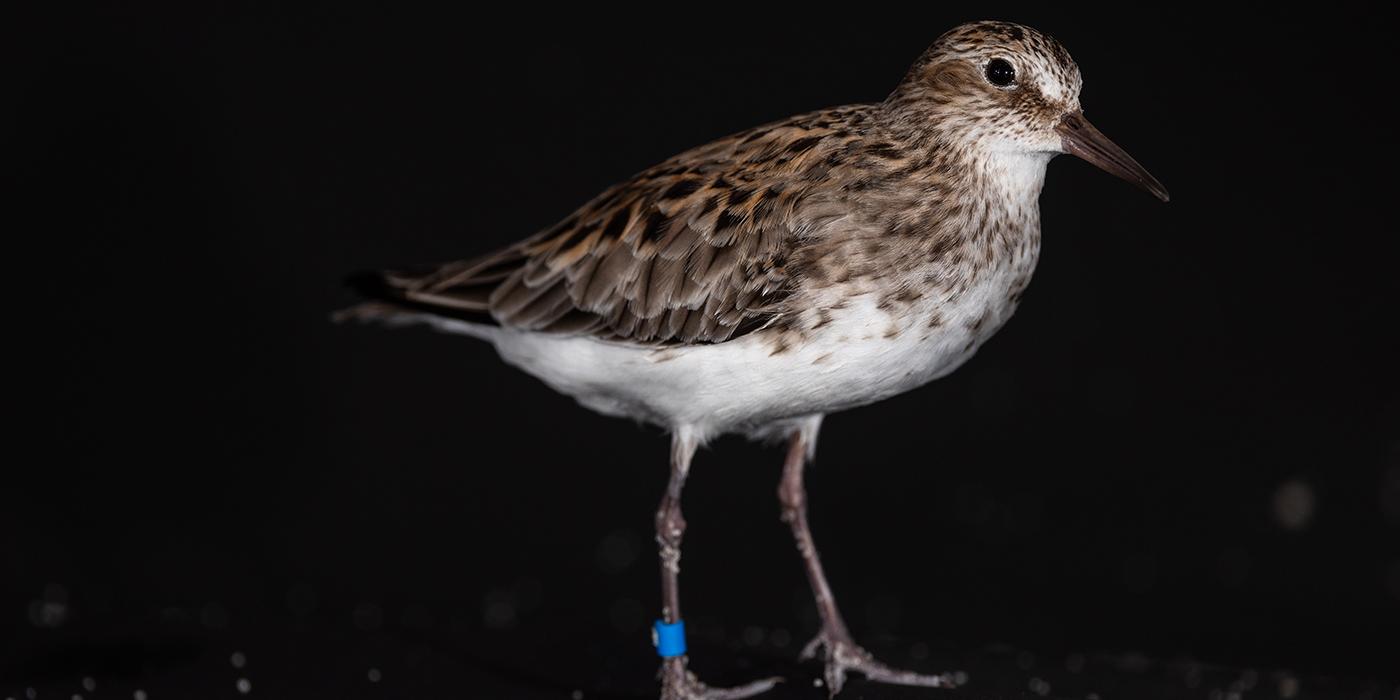Physical Description
Size
Native Habitat
Lifespan
Communication
Food/Eating Habits
Sleep Habits
Social Structure
Reproduction and Development
They are socially monogamous throughout the breeding season. They typically nest near water on top of small hummocks or ridges or in low tundra.
Males prepare shallow scrapes in the gravel or sand, and females choose one that she then lines with whatever is nearby including leaves, grass or moss.
The female lays one clutch of four pale speckled eggs, colored to blend in to the surroundings. Both parents incubate the eggs. The female usually leaves one to 11 days after the eggs hatch, and the male guards the young for the next week or two before they are able to look after themselves.
Conservation Efforts
Help this Species
Reduce, reuse and recycle — in that order! Cut back on single-use goods, and find creative ways to reuse products at the end of their life cycle. Choose recycling over trash when possible.
Be a smart consumer. Choose products made with sustainable ingredients, such as Smithsonian certified Bird Friendly coffees, which support farmers striving to limit their impact on wildlife and habitat.
Organize or attend a stream, river, lake or other waterway cleanup in your area to preserve aquatic habitats for local species.
Avoid single-use plastics, such as plastic bottles, bags and utensils. Choosing reusable options instead can help reduce plastic pollution.
Protect local waterways by using fewer pesticides when caring for your garden or lawn. Using fertilizers sparingly, keeping storm drains free of litter and picking up after your pet can also improve watershed health.
Share the story of this animal with others. Simply increasing awareness and educating others about the threats invasive species pose to local ecosystems can help protect native environments.
Smithsonian's National Zoo and Conservation Biology Institute. (n.d.). Semipalmated sandpiper. Retrieved October 23, 2025, from https://nationalzoo.si.edu/animals/semipalmated-sandpiper
Animal News

7 Spooktacular Animal Facts for Halloween ›

Meet the Orangutans Living at the Smithsonian’s National Zoo ›

